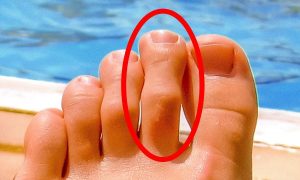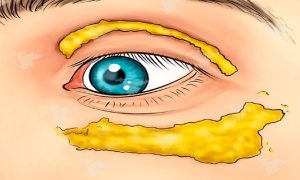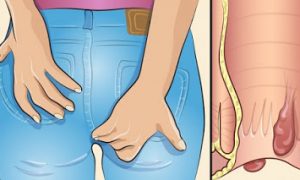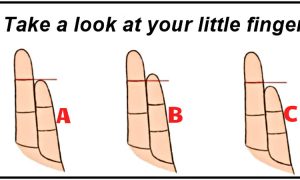Believe it or not, earwax can be of great importance for the body because it may reveal a lot about your overall health. Even though no one likes discussing on the topic of earwax, the next time you clean your ears, you should definitely take a look at what comes out.
WHAT KIND OF SUBSTANCE IS EARWAX?
Earwax is a substance produced by the body as prevention from germs and dirt entering the ear canal. This gooey substance keeps the ears clean, functional, and healthy. It is a mixture of alcohol, squalene, and long-chain fatty acids.
THE DIFFERENT TYPES OF EARWAX AND THEIR MEANING
Yellow, Sticky, and Wet
This is the most common type of earwax in adults and the sticky texture and consistency prevent the drying out of the ear canals and itchiness as well.
Gray
Even though it may appear unusual, it is nothing to worry about. Namely, gray earwax color is a result of the ear’s natural process of cleaning. Nonetheless, in case the wax is dry and brittle and you have itchy ears, this may be a symptom of eczema, so, make sure you consult your physician.
Light yellowish
This is the normal color of earwax in children. In comparison to adults, children produce much more earwax which reduces as they grow.

Gooey and dark
Darker earwax may mean that the body is sweating more than usually. Hence, people with this type of earwax have a higher chance of producing stronger body odor. But, there is nothing to be worried about because this is completely healthy.
Bloody wax
When you notice dried blood in the earwax, you may have a perforated eardrum and this requires medical attention.
Runny and wet
From time to time, earwax can drain out from the ears and this is its normal process of cleaning. Nevertheless, if it pours in excessive amounts along with pus and blood, you should seek medical attention because you may have a ruptured drum.
Dark brown or black
This color may have to do with the overproduction of earwax due to stress or it is just a sign that the earwax was in the ear for too long. As a result, the fat in the earwax reacts to oxygen which results in a darker brown or black color.
Flaky, white, and dry
This is normal earwax and people who have it usually produce less body odor to those with darker earwax.
Thick and dark
In a lot of cases, anxiety and too much stress can cause an overproduction of earwax. Heavy perspiration is another contributor and it can also block the ear canals and cause temporary hearing problems. Those with this type of earwax should clean their ear on a regular basis to avoid complications. Of course, they should also find ways to lower the stress.






















